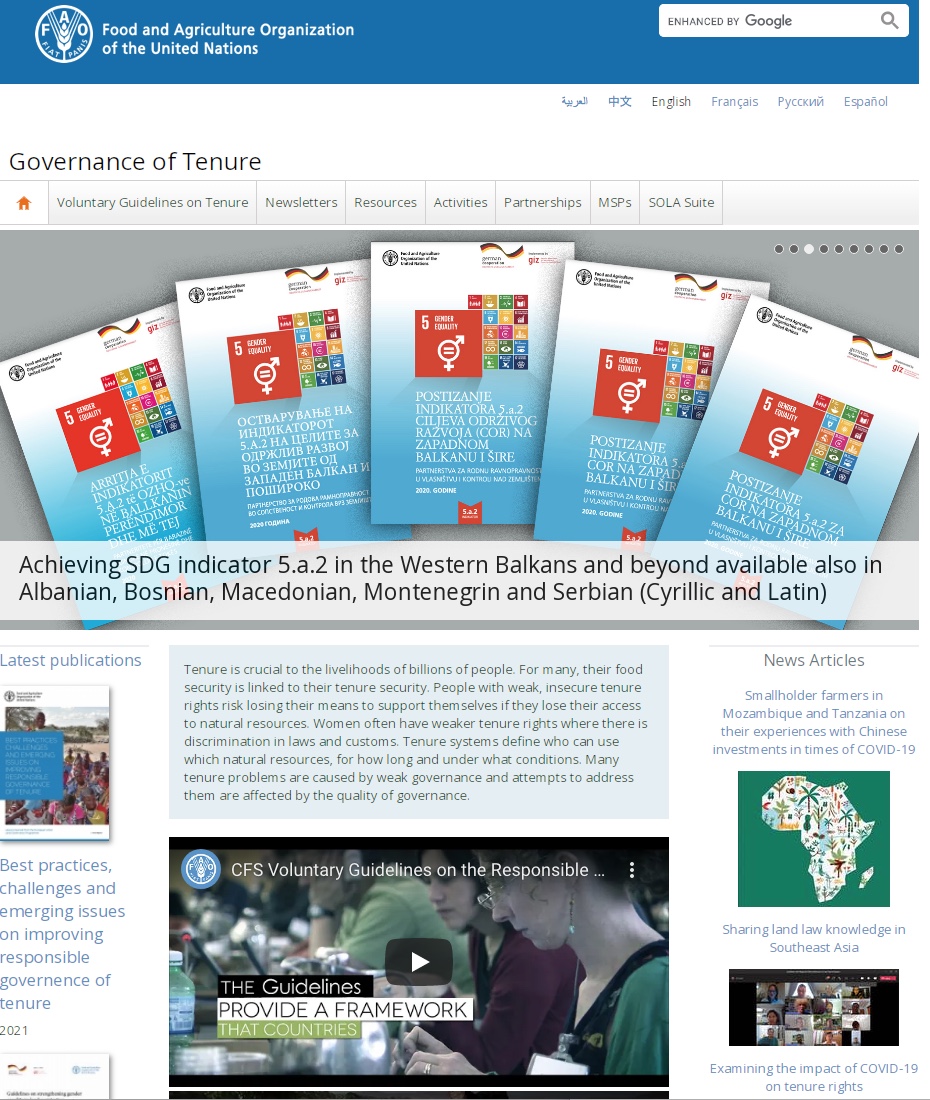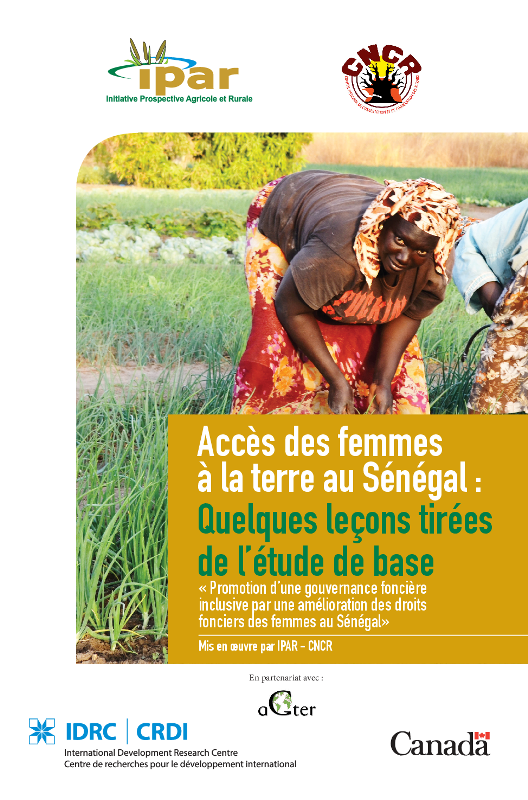VGGT: Governance of Tenure
Tenure is crucial to the livelihoods of billions of people. For many, their food security is linked to their tenure security. People with weak, insecure tenure rights risk losing their means to support themselves if they lose their access to natural resources. Women often have weaker tenure rights where there is discrimination in laws and customs. Tenure systems define who can use which natural resources, for how long and under what conditions. Many tenure problems are caused by weak governance and attempts to address them are affected by the quality of governance.











